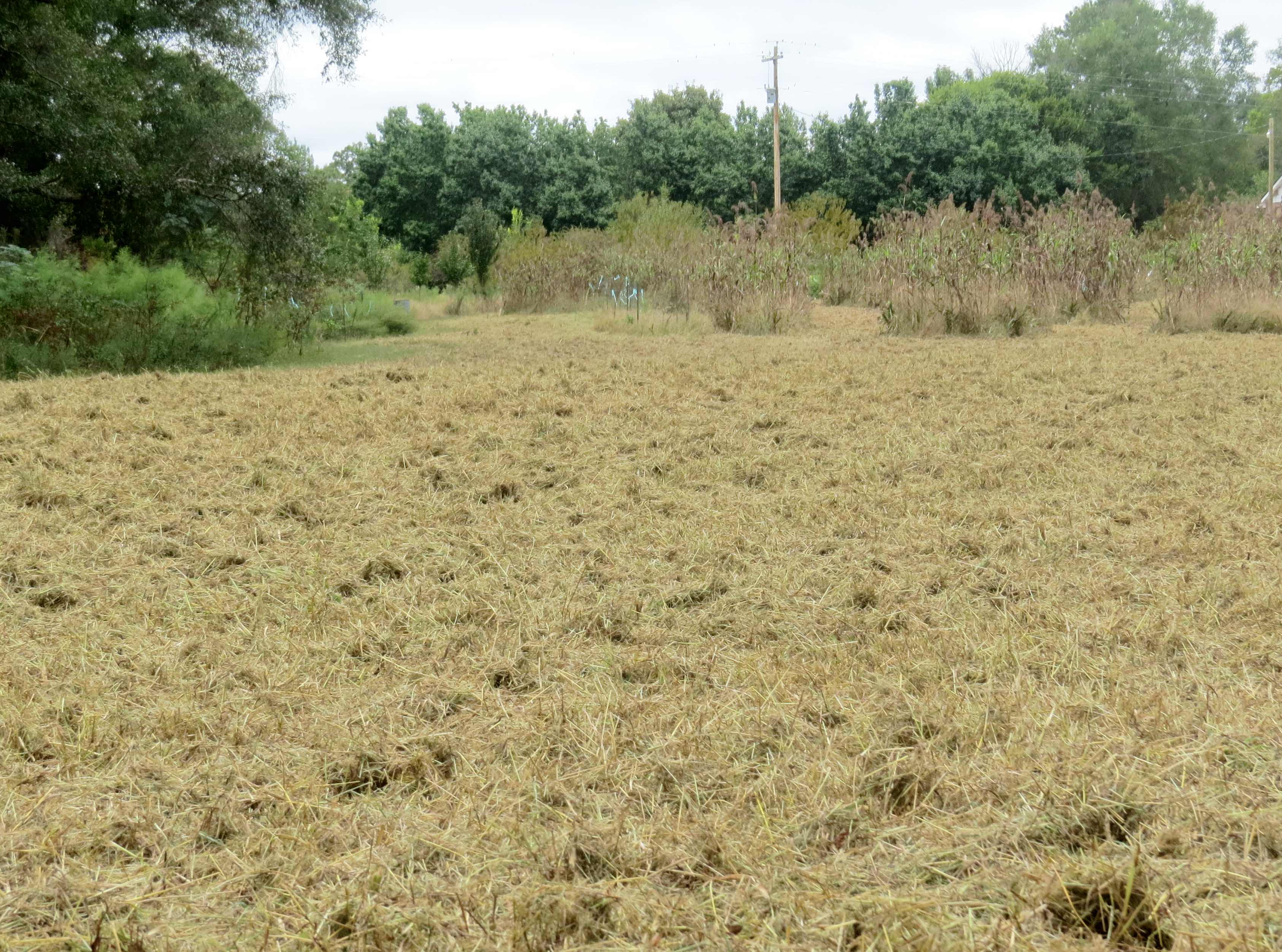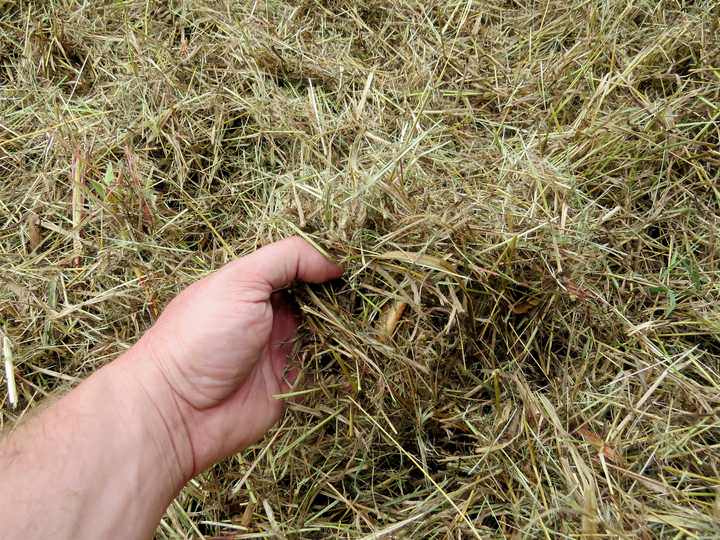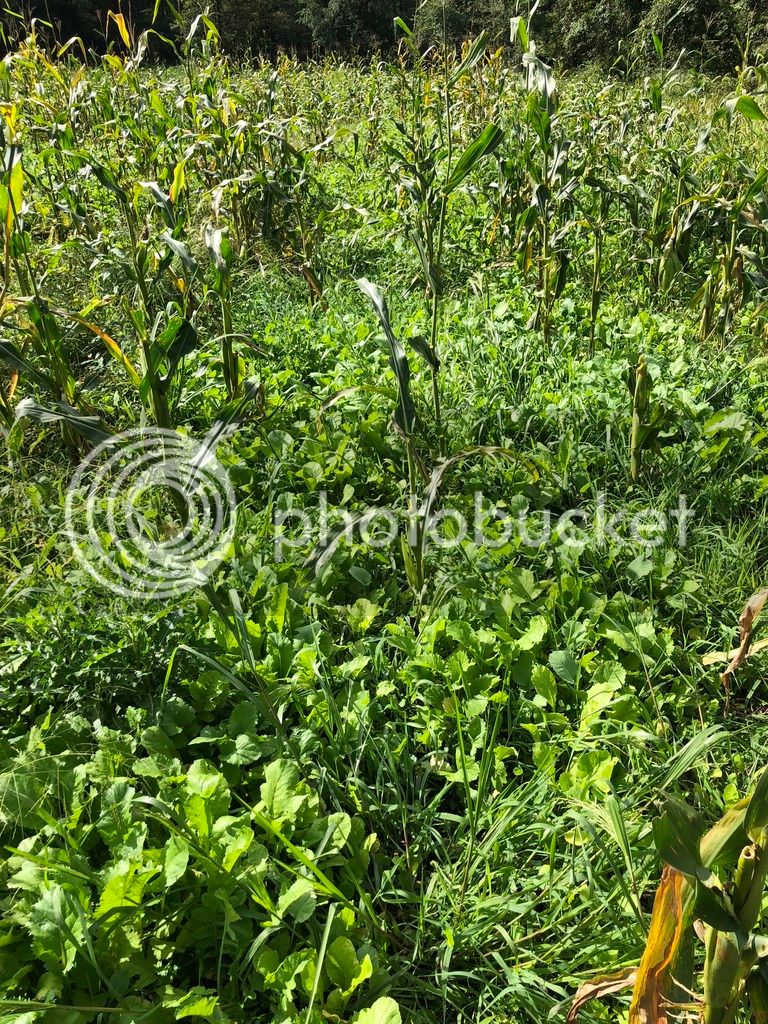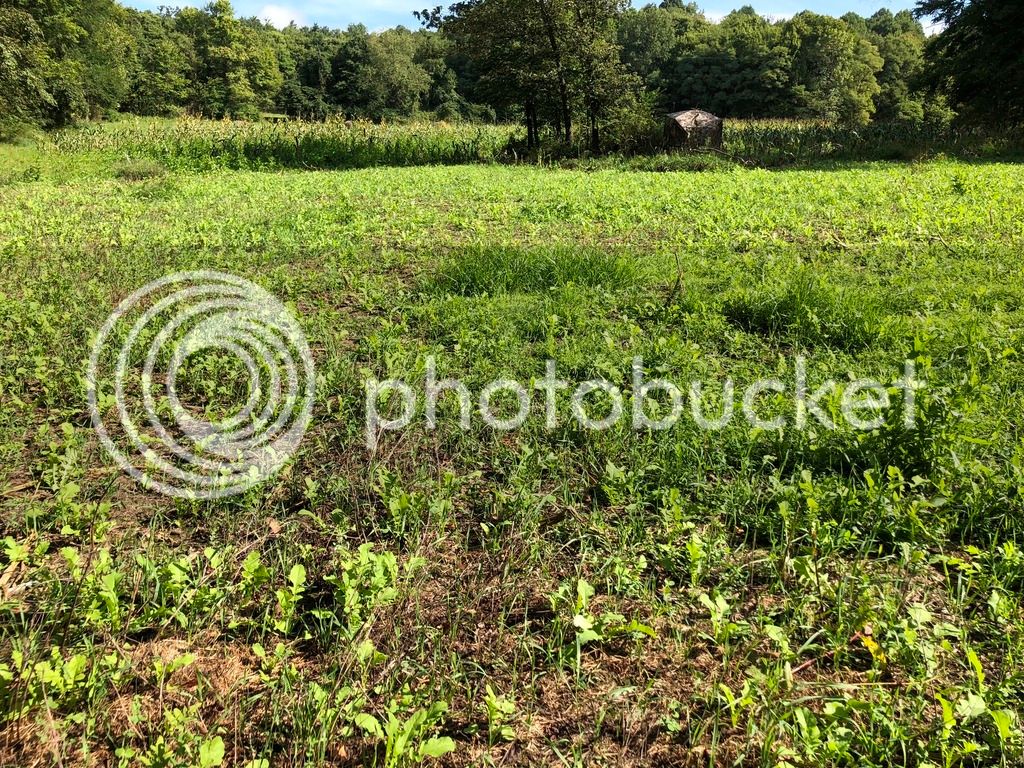Crimson n' Camo
5 year old buck +
The most important thing about all of this is to understand the principles of soil health….and to have the ability to look at any given field and adapt your method of planting to fit THAT field in it’s current condition…. while still improving the situation long term. Sometimes its as simple as broadcast seed and mow…..other times its not. That doesn’t mean that good soil health practices have to be abandoned though….it just means they need to be tweaked. We still have the same long term goals we're trying to work toward. Are you moving forward or backwards?








